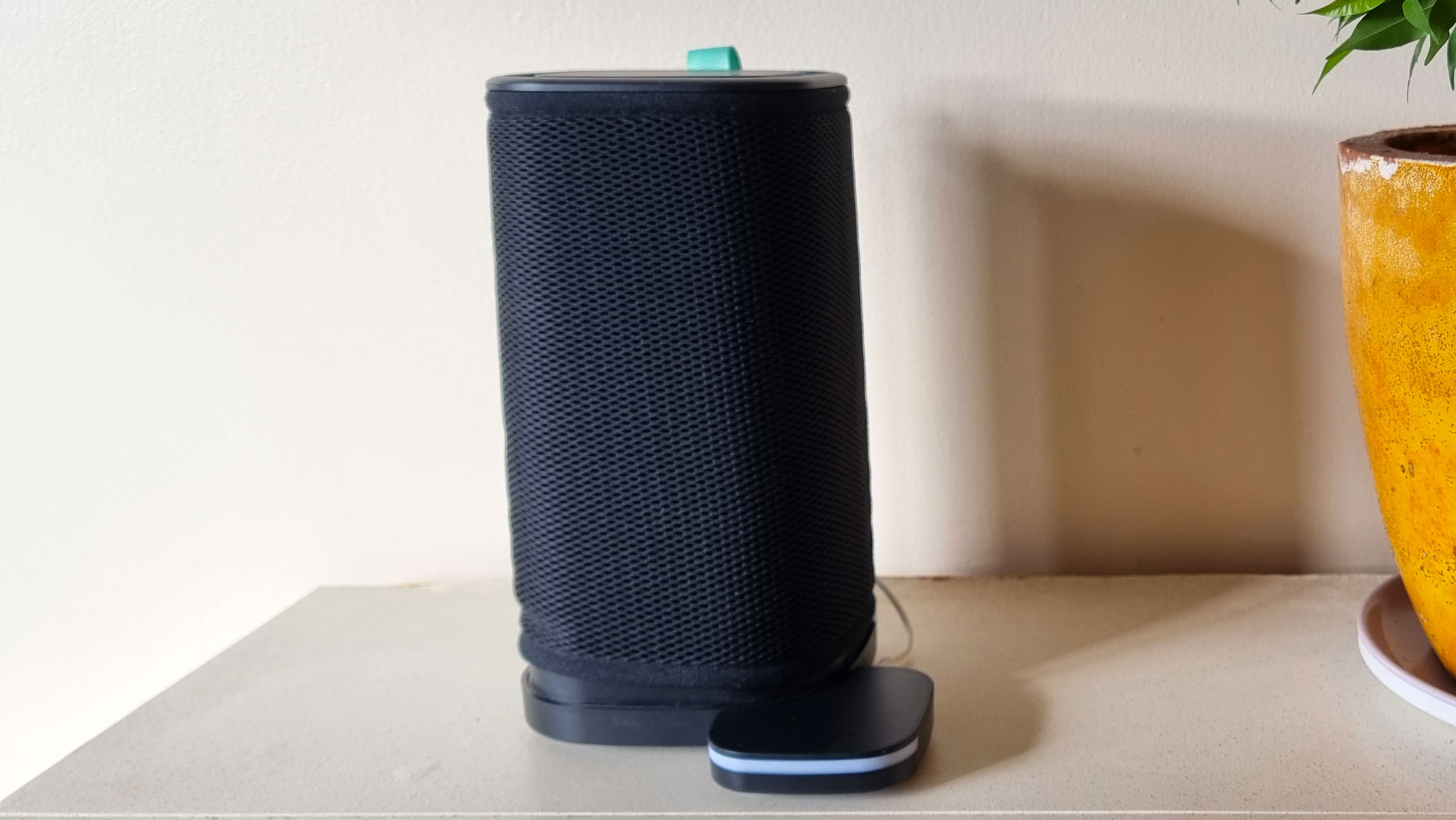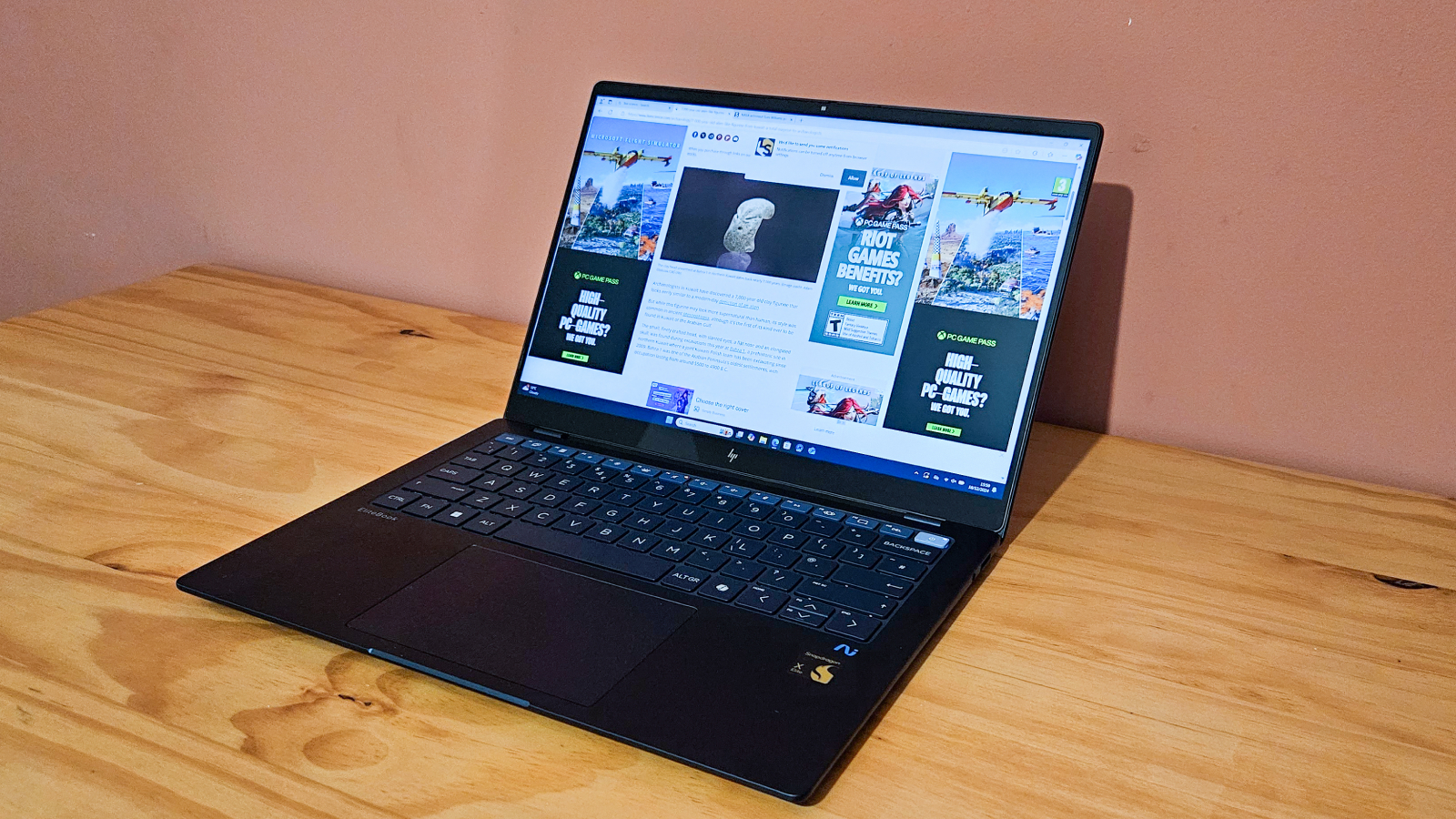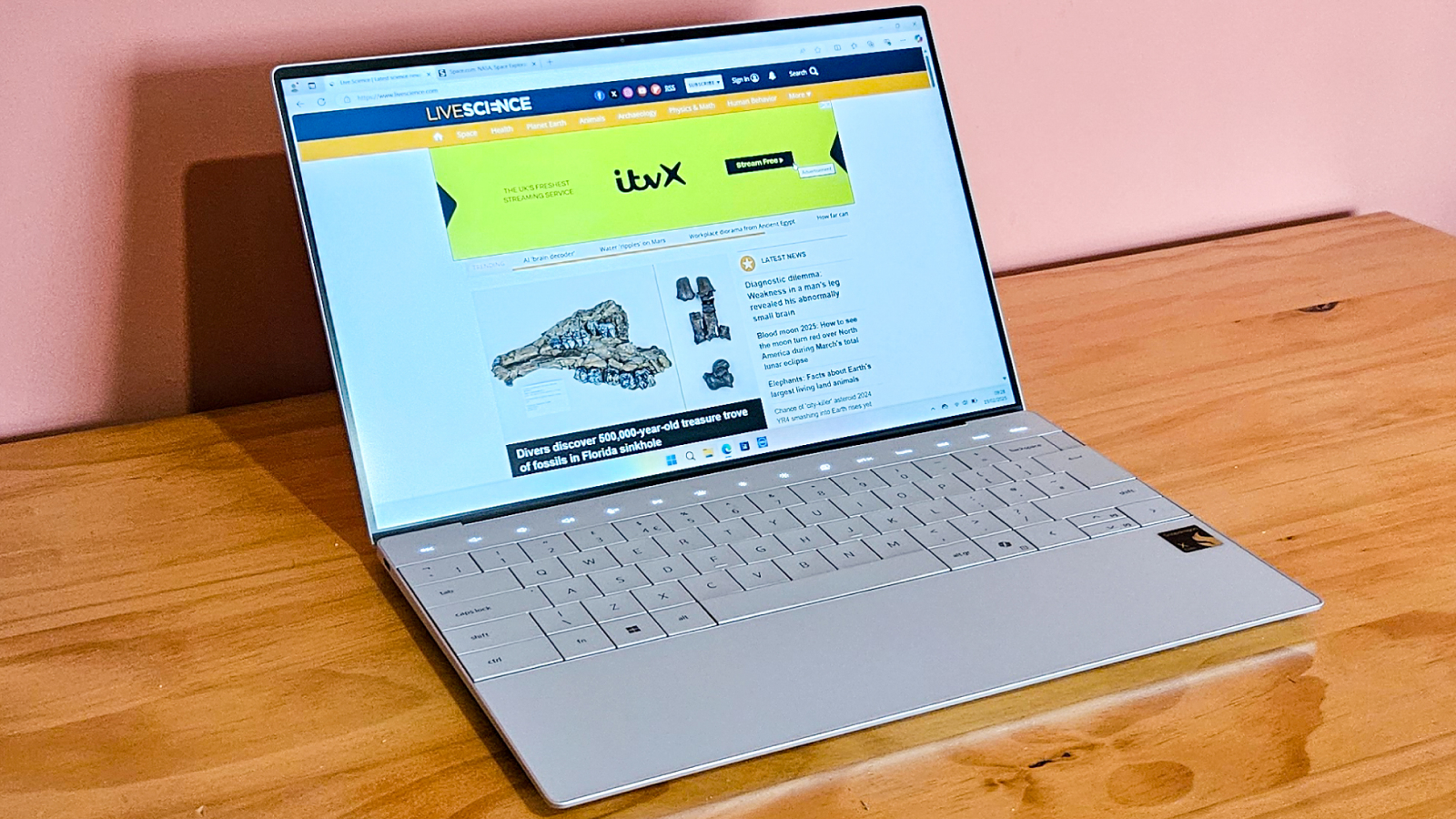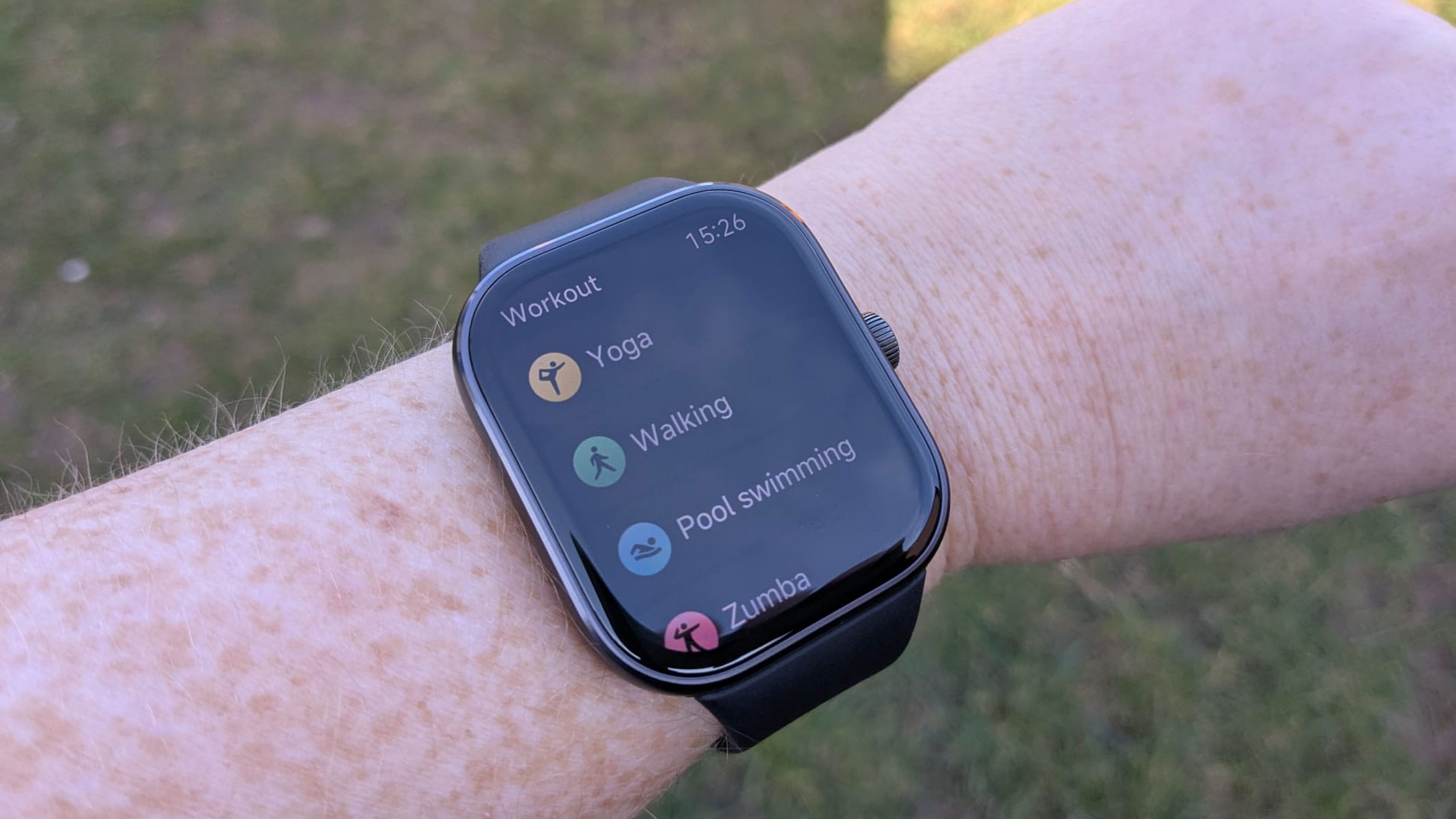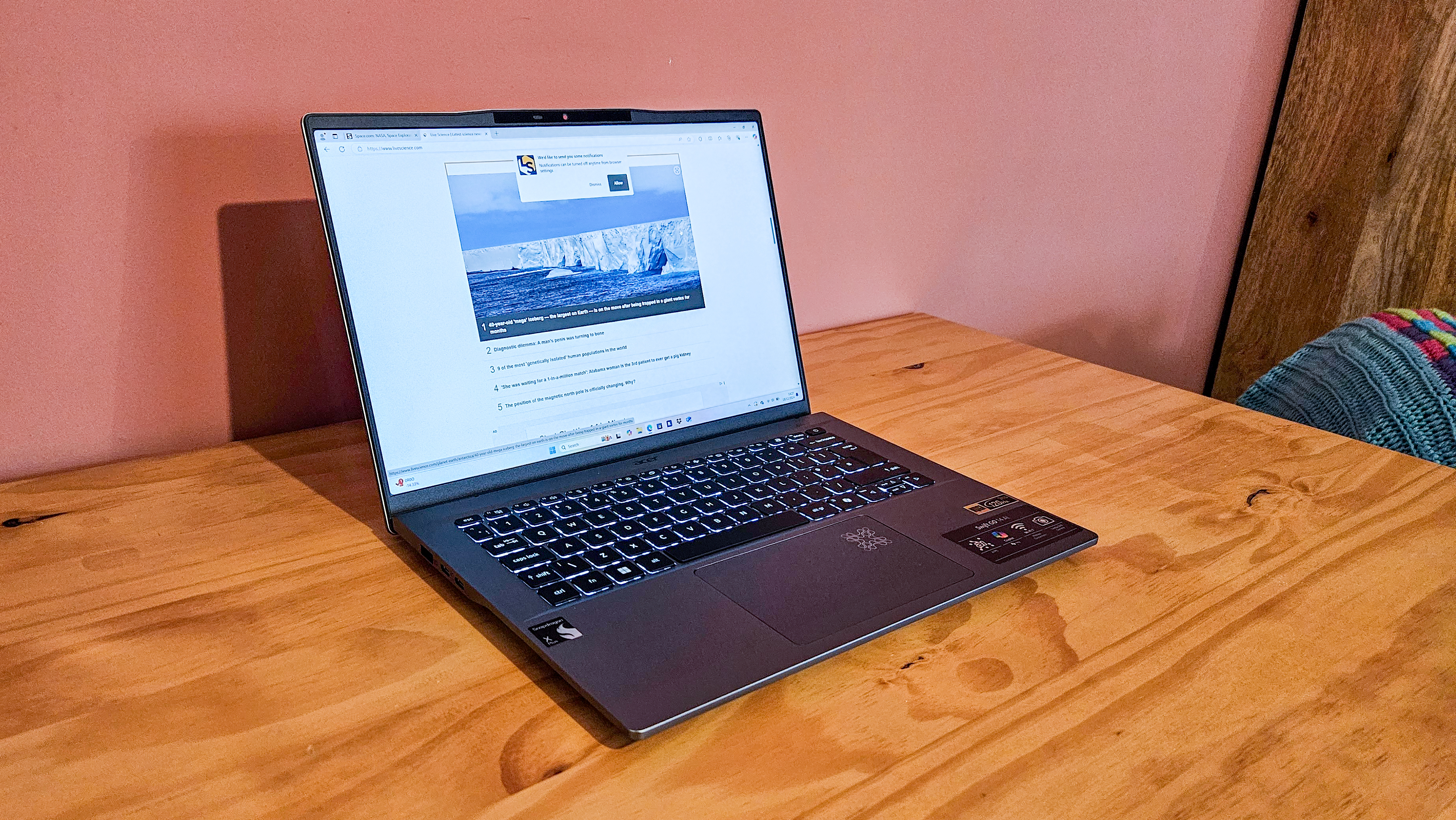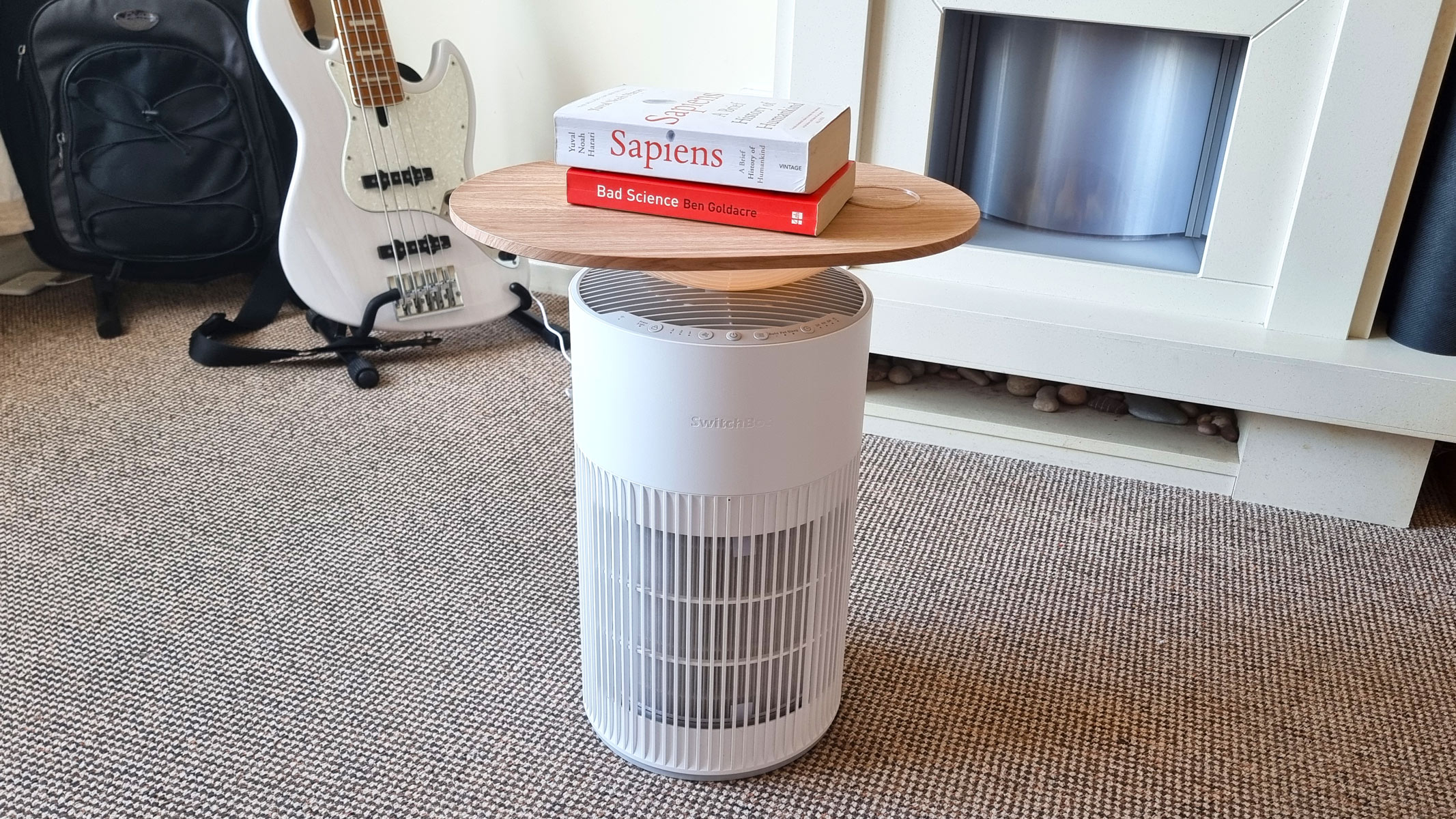Live Science Verdict
The best value-for-money smart telescope you can buy right now, we think the Vaonis Vespera II outperforms competitors many times its price. But the app's user interface could use a tweak.
Pros
- +
Incredible results from cities
- +
Galaxies look fantastic
- +
Affordable for a smart telescope
- +
Accurate autofocusing
Cons
- -
App's user interface needs tweaking
- -
Tripod is a little small
- -
Planet imaging is disappointing
Why you can trust Live Science
The Vaonis Vespera II is the latest smart telescope from Vaonis and replaces the original Vaonis Vespera which we gave four out of five stars. While this latest model looks almost identical to the last, lots has changed inside.
The raw concept behind the Vespera II is pretty simple. Automating everything, it gives anyone, regardless of astronomy knowledge or skill, the ability to navigate, observe and image the night sky with the press of a button on a smart device.
Image resolution: 8.3 MP
Focal ratio: F/5
Size: 40 x 20 x 9 cm (closed)
Field of view: 2.5 x 1.4-degrees (native)
Mount: Motorized alt-az
Battery: 4 hours (built-in)
Connectivity: Wi-Fi
Weight: 11 lbs (5 kg)
There are some things the Vespera II does extremely well, like imaging some of the most well-known galaxies, nebulas and night sky objects, and other things it struggles with, like observing planets in any great detail.
But who is the Vespera II for? The absolute beginner? Kind of. Beginners with a healthy sum ready to invest in the latest bit of smart technology who have a good appreciation of the night sky but don't have the technical knowledge to operate their own manual telescope might be one type of person.
Alternatively, even veteran astronomers who no longer have the patience or time to set up their traditional telescope may find the grab-and-go approach to night sky observations appealing.
There's no getting around the fact that decent smart telescopes do cost a fair bit of money, but as far as smart telescopes that are worth their salt go, we think the Vespera II is excellent value for money, seemingly outperforming some of the competition that is priced much higher.
Vanois Vespera II: Design
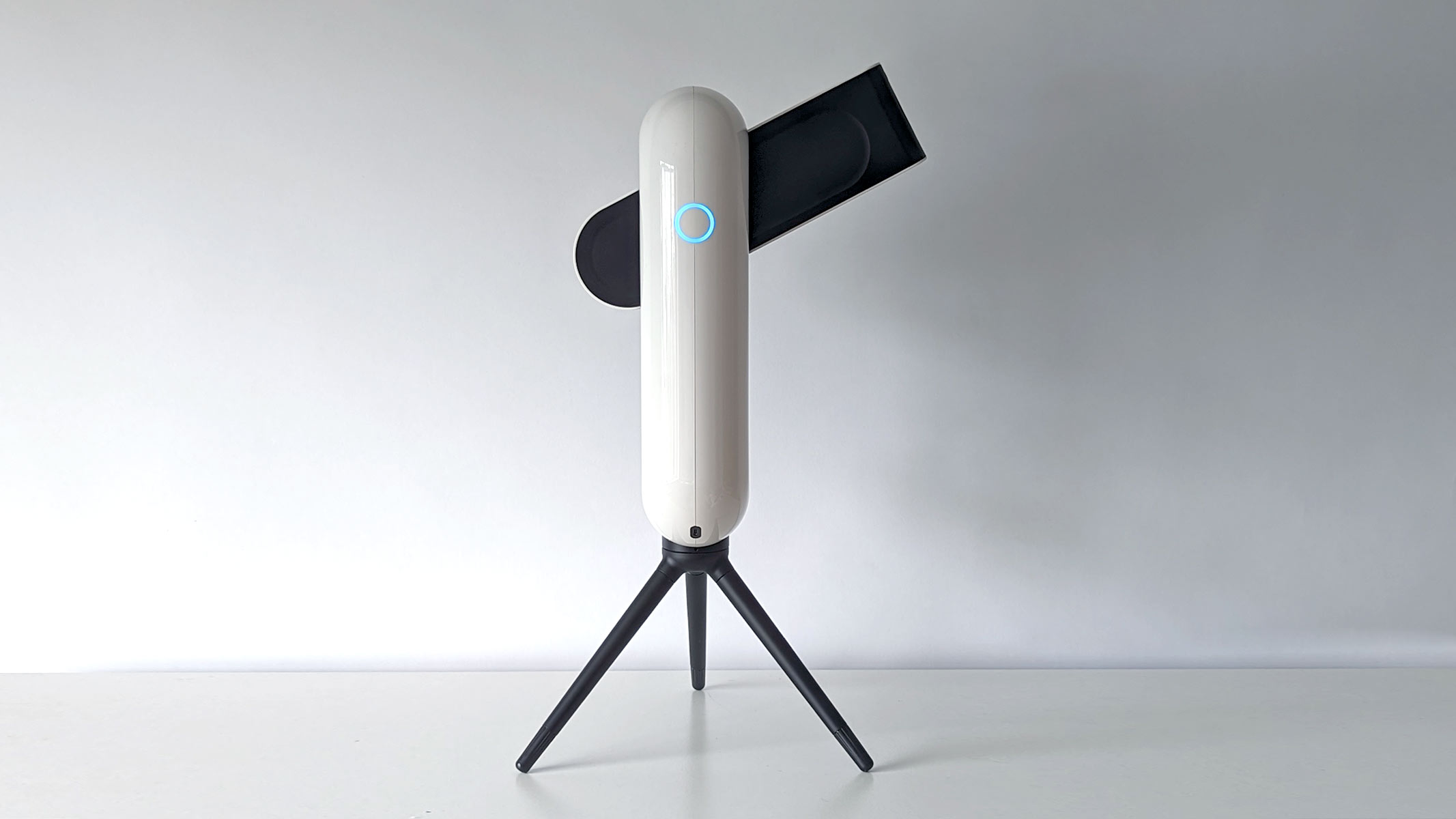
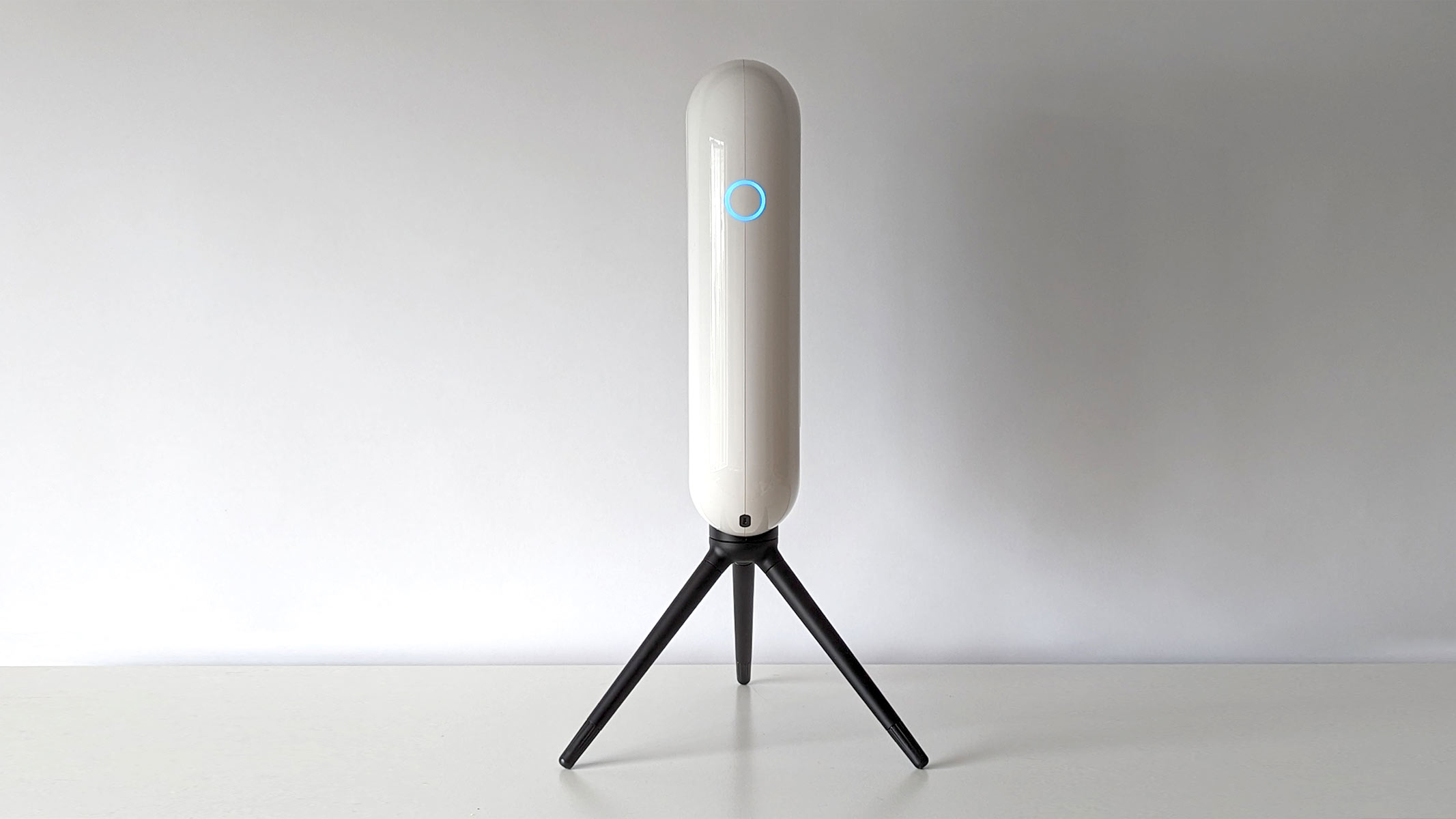
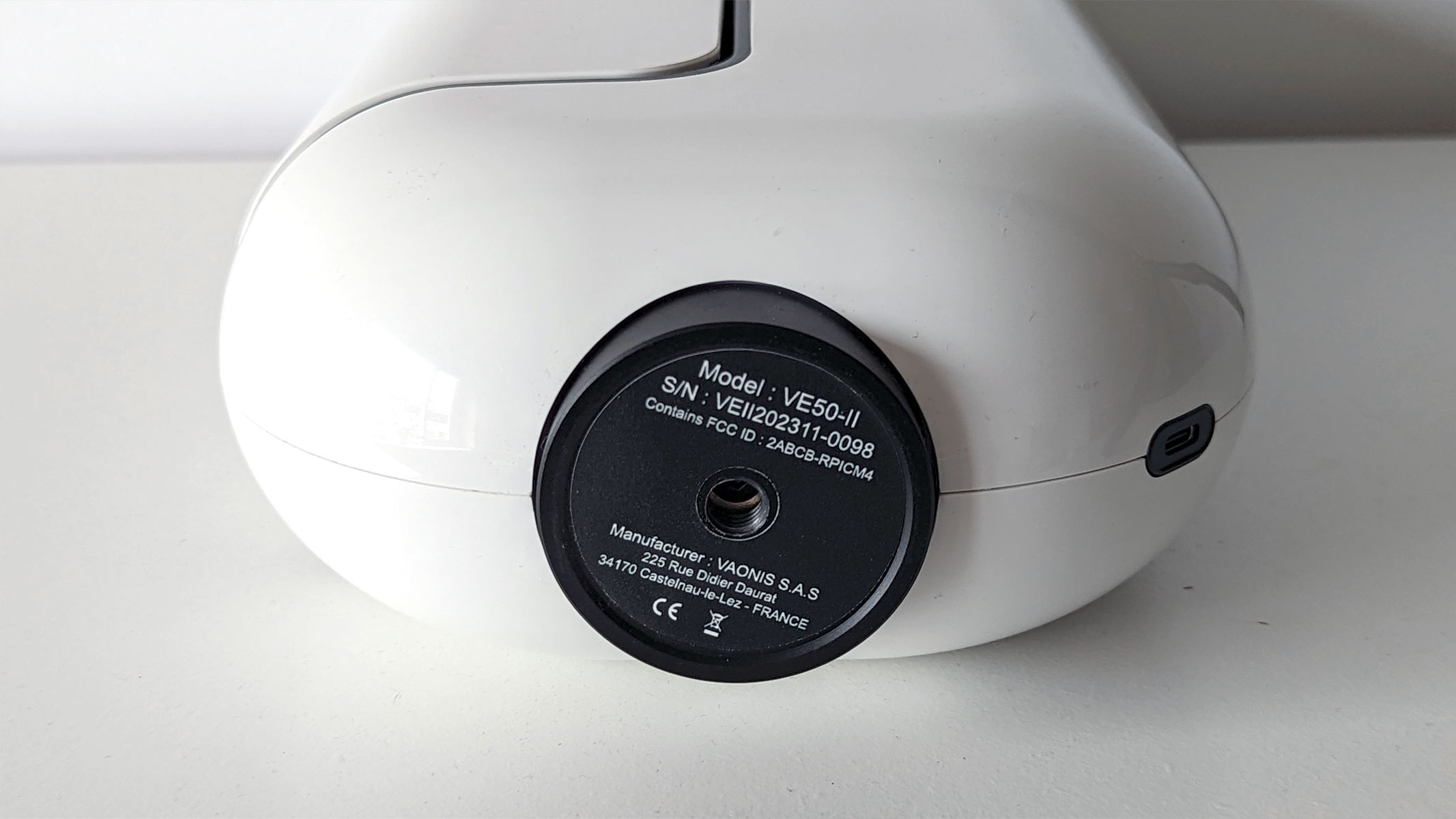
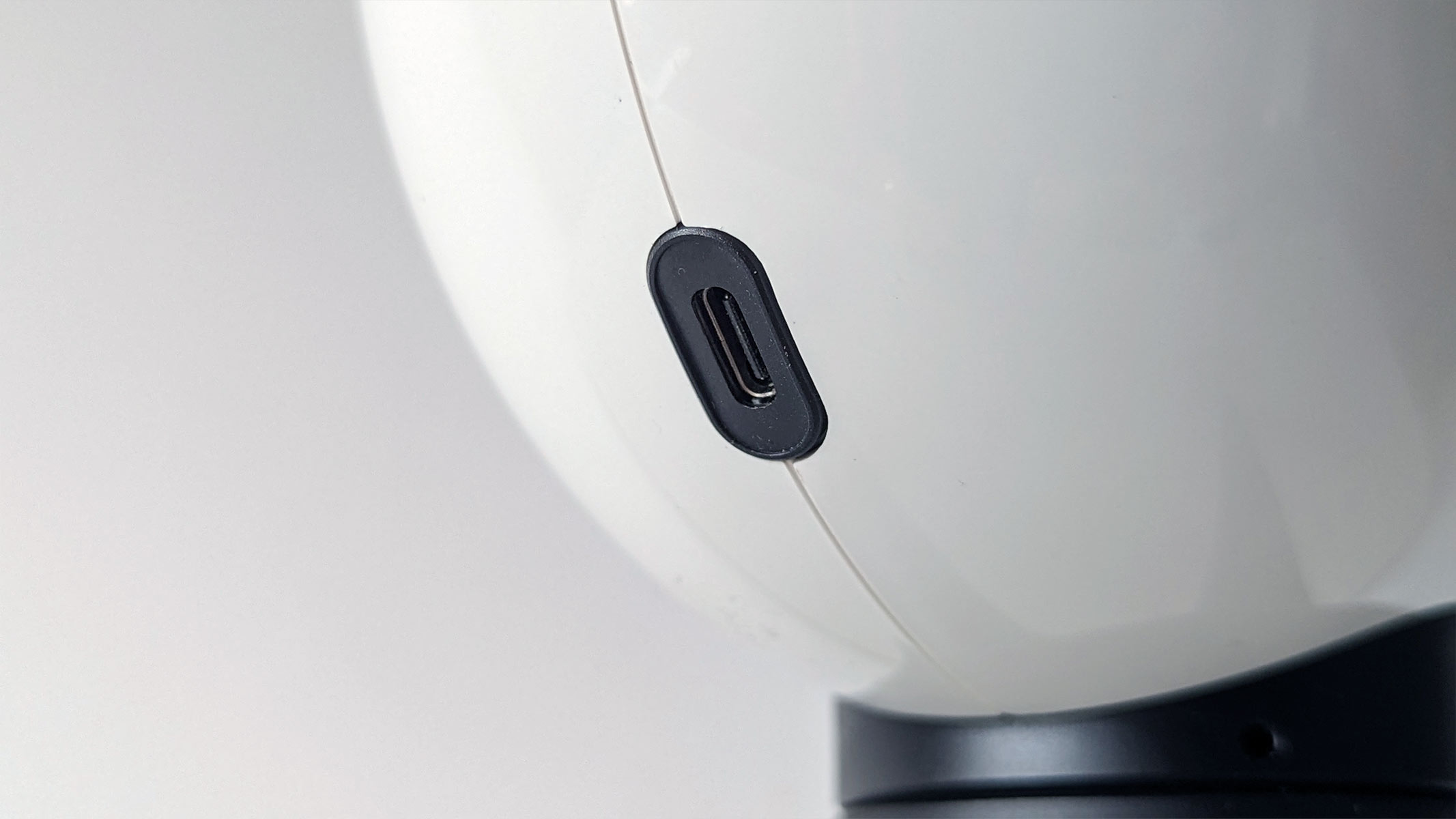
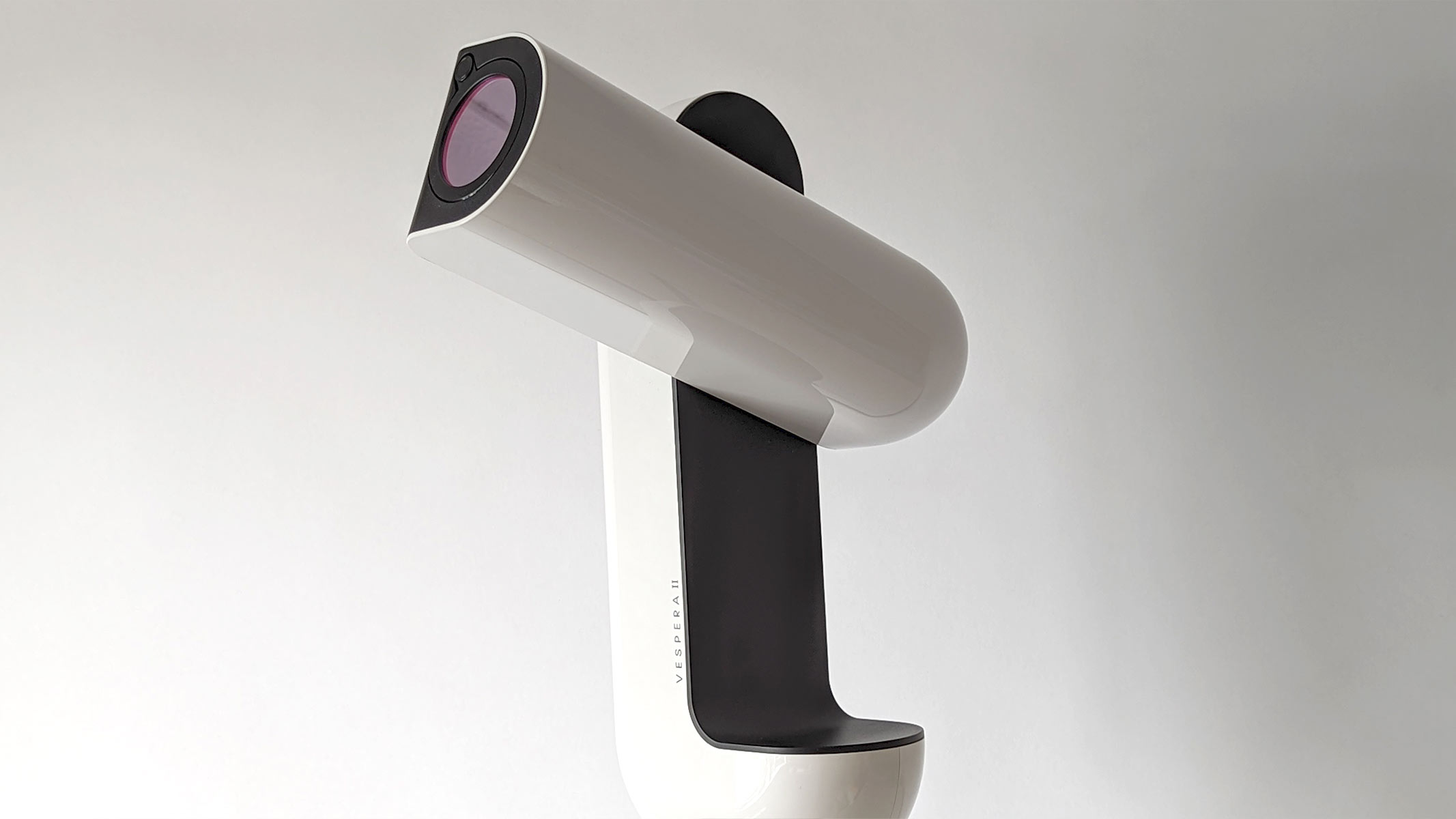
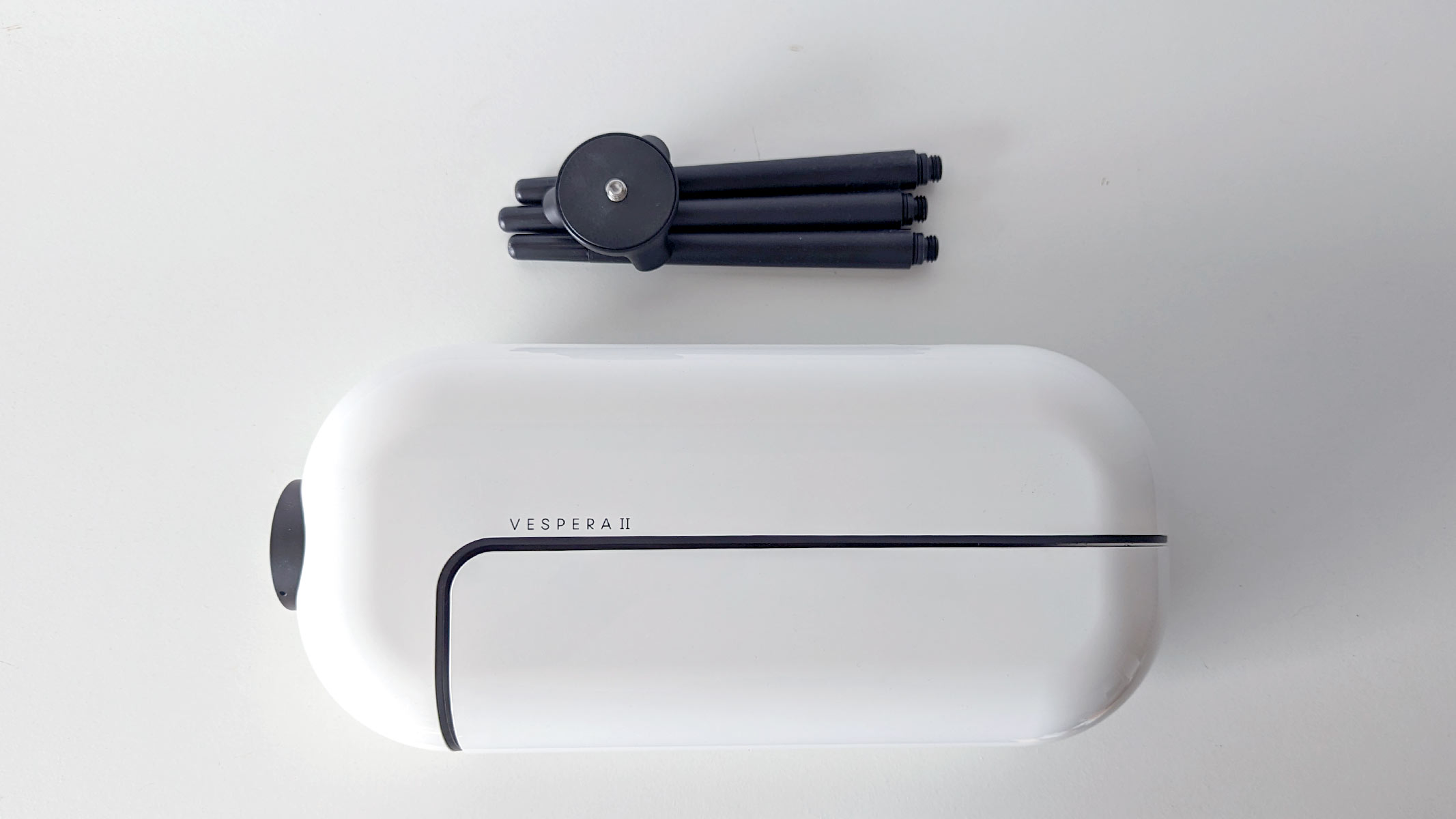
- Simple, minimalist interface
- Small and lightweight
- Incredibly simple to put together and take anywhere
The Vespera II may look almost identical to its older counterpart the Vaonis Vespera but we believe this is a case of "if it isn't broke, don't fix it". The exterior shell is bright, glossy white with a rotating telescope arm, a tripod connection at the bottom, a single power button and a USB-C connection for charging.
Everything is sleek and rounded and feels well designed. There is an adjustable height tripod that astronomers can purchase separately but we reviewed the telescope with the fixed-height tripod. This was great and frustrating in equal measure. The tripod legs and feet can be unscrewed for easier storage and the low center of gravity means the Vespera II is unlikely to topple or tilt. However, there were times when placing the telescope so close to the ground actually hindered our ability to see objects close to the horizon.
The filters can be changed easily: With a short press-in on the existing protective plate, the filter pops right out and can be replaced with a light pollution filter (pictured below) or a solar filter that can be purchased separately for safe solar observing.
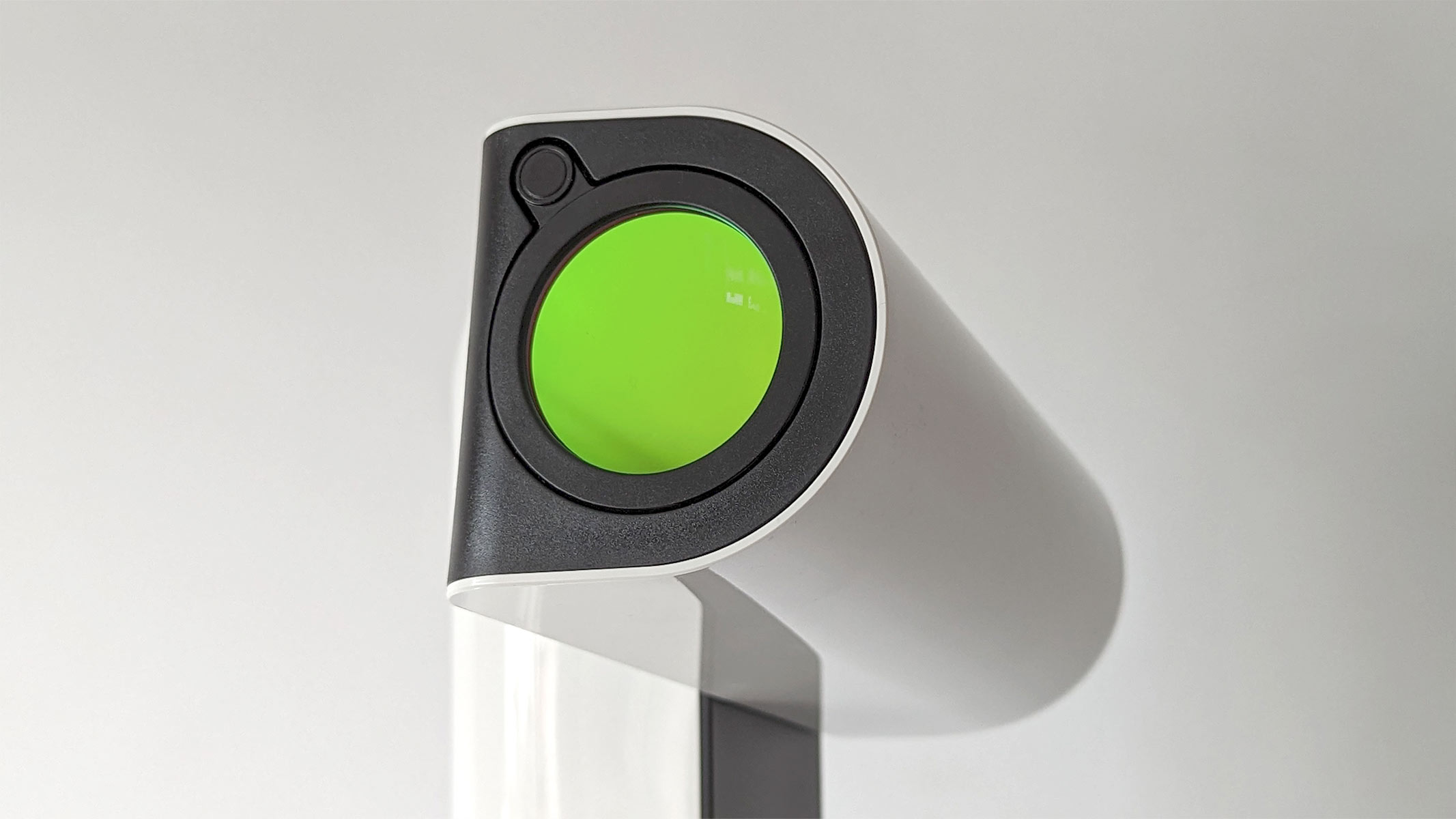
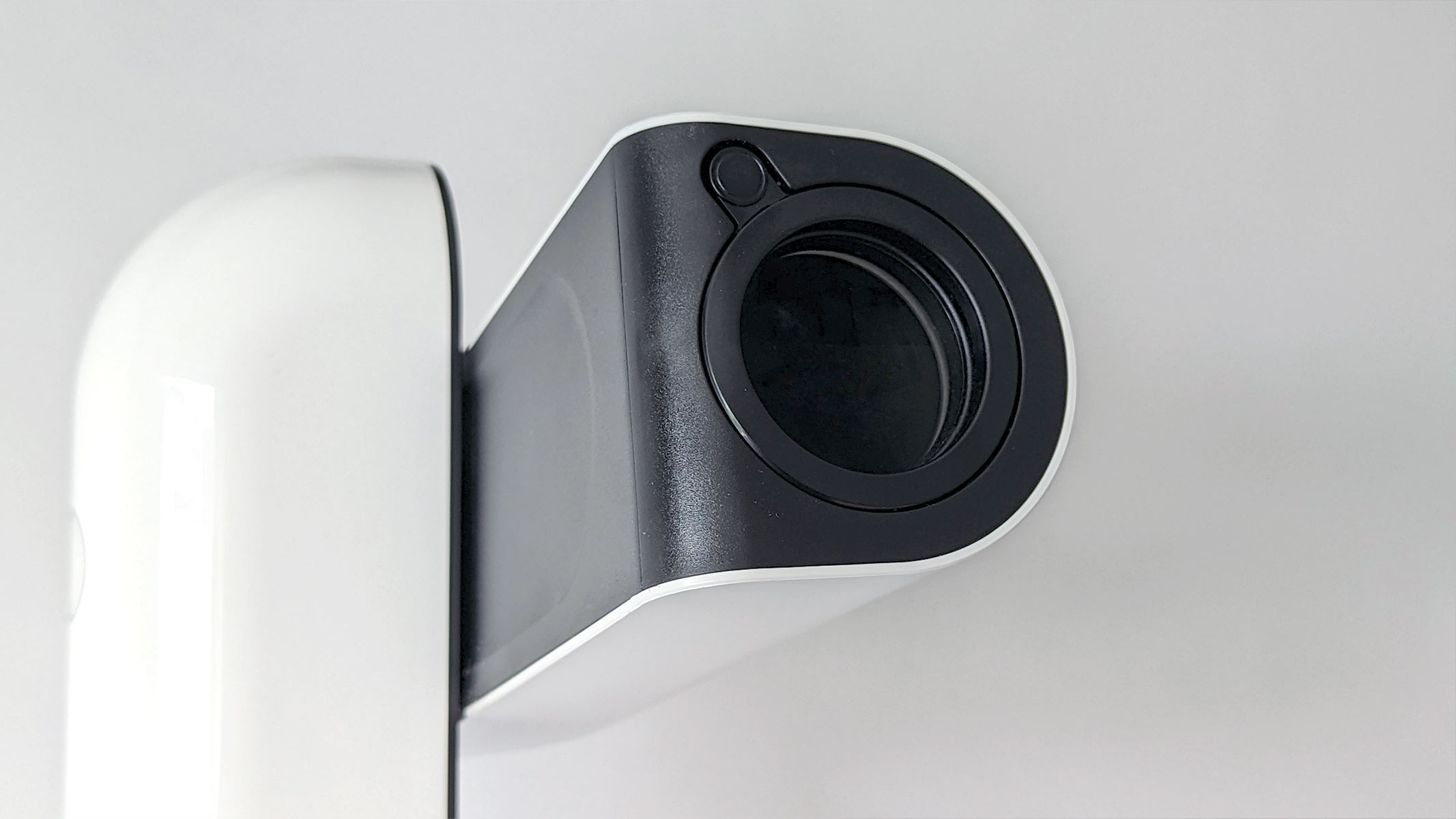
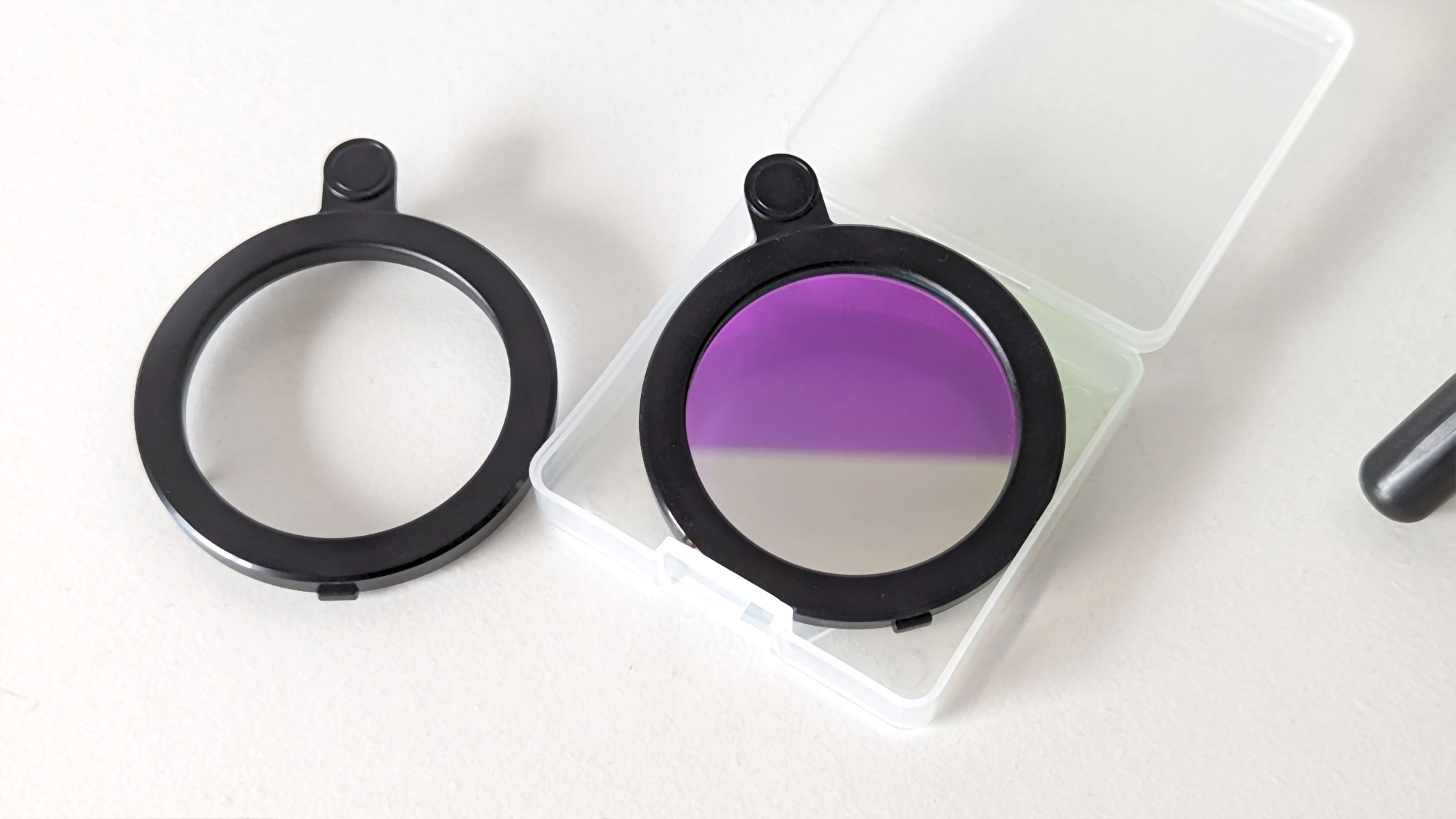
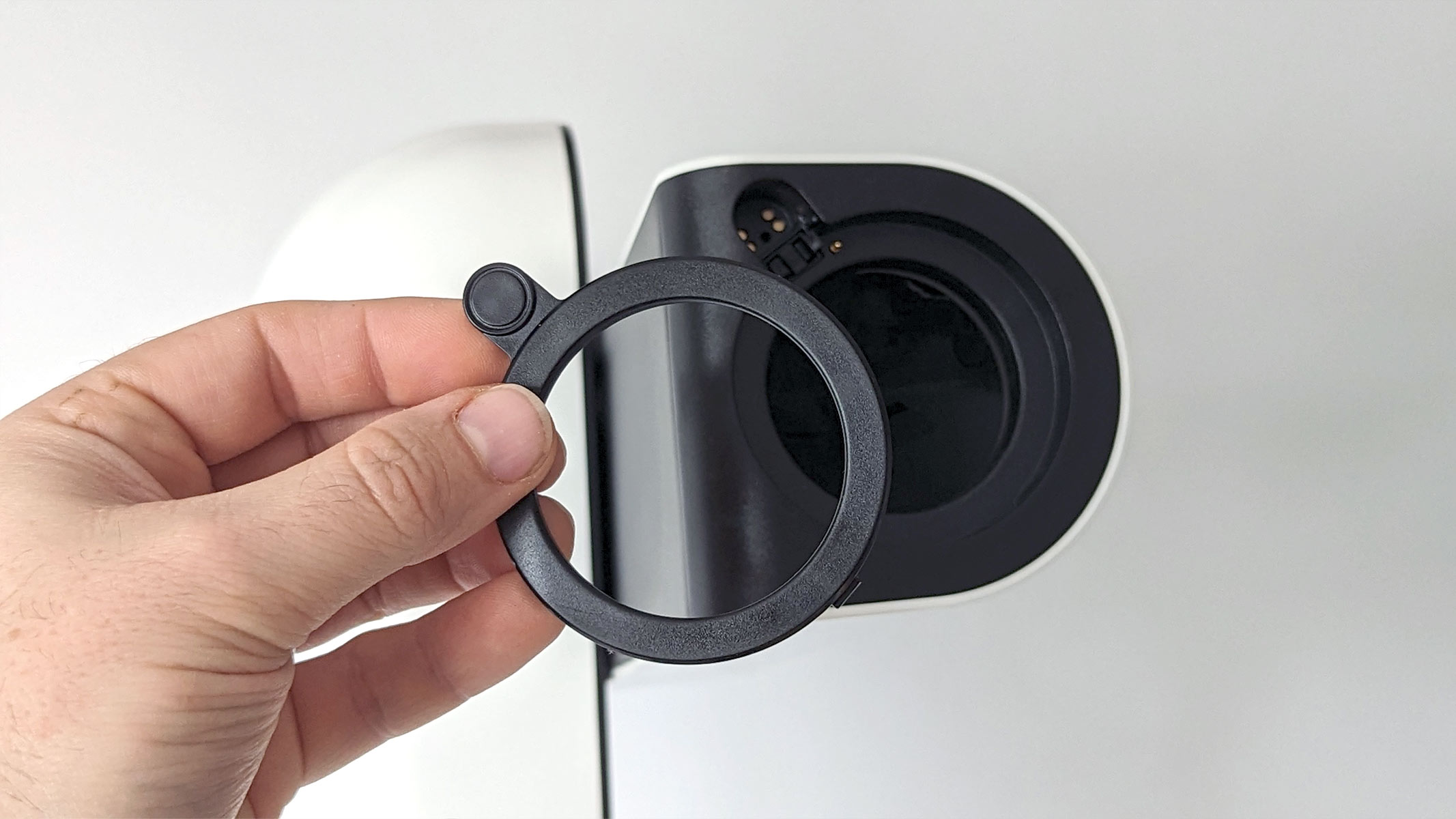
Largely the smart telescope is ideal for viewing parties, casual imaging in the backyard or even serious observing sessions where users cannot carry heavy or complex observing equipment long distances. The only trouble we encountered with its design was during setup, accidentally pressing the power button a few times which is hard to avoid while handling the telescope.
Vaonis Vespera II: Performance

- Galaxies and nebulas were stand-out successes
- Not great for planetary observing
- Light pollution handling is excellent
Once we paired the Vespera II with Vaonis' Singularity app the views even in the backyard were immediately impressive. Considering this is one of the most affordable quality smart telescopes you can buy, it outperformed even competitor models like the Unistellar eQuinox II when it came to speedy, clear and satisfying astrophotographs with surprising ease.
Placing the light pollution filter in the telescope we easily spotted and imaged many of the larger nebulas and galaxies even with street lights just 100 yards away. The first and most pleasing views came from M42 in the Orion constellation. Slewing and focusing were automatic and the results were pin-sharp. As soon as the object is in view the Vespera II enters an image enhancement mode whereby it continuously improves the image by taking successive frames and combining them together for better clarity.
The instant views were impressive, but after only 5 minutes 20 seconds a combination of 32 stacked images gave astonishingly good results both in terms of clarity and color. As the exposures continued a final image composited over 20 minutes 10 seconds with 121 stacked images gave even lower image noise and improved contrast in finer details.
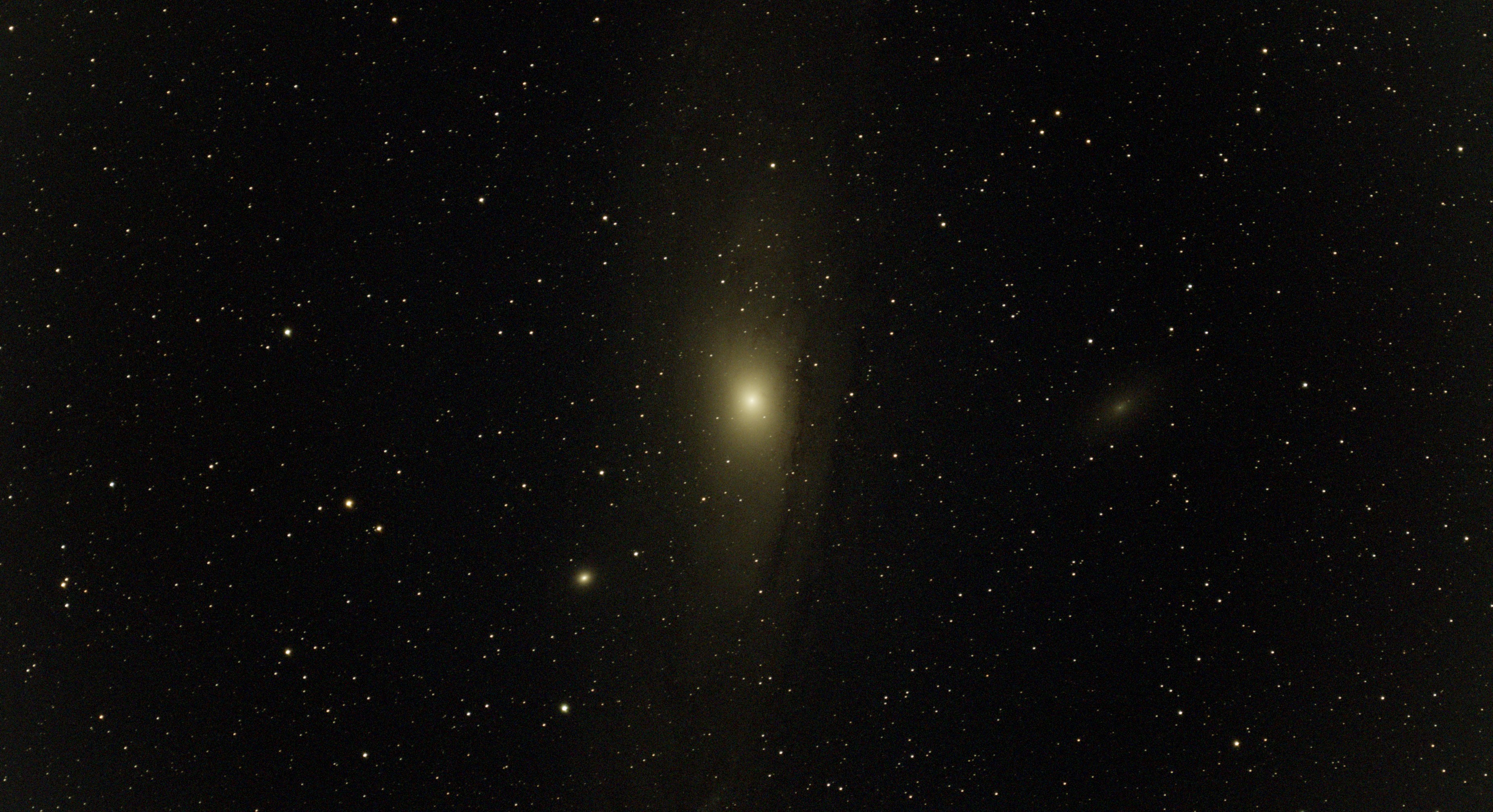
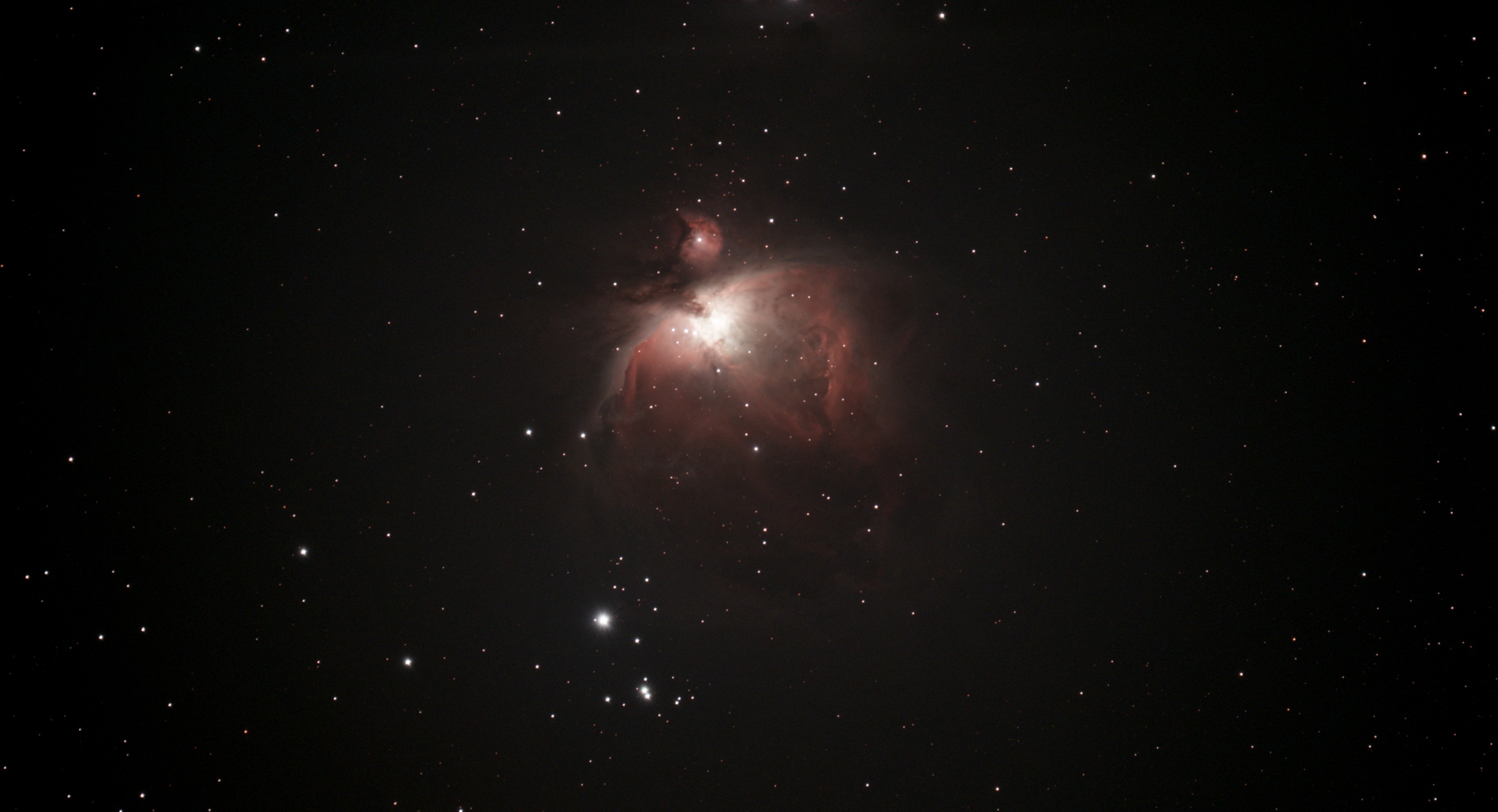
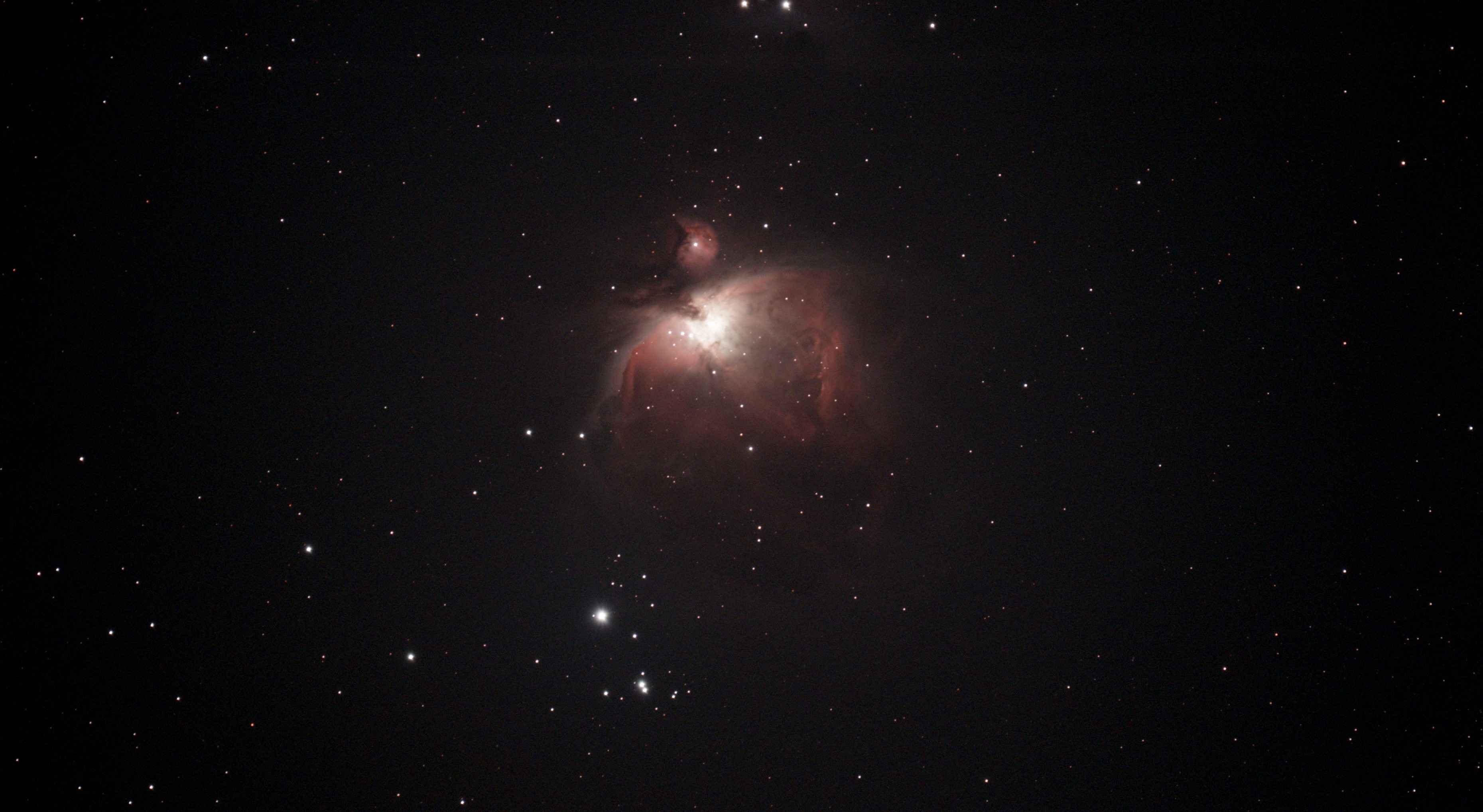

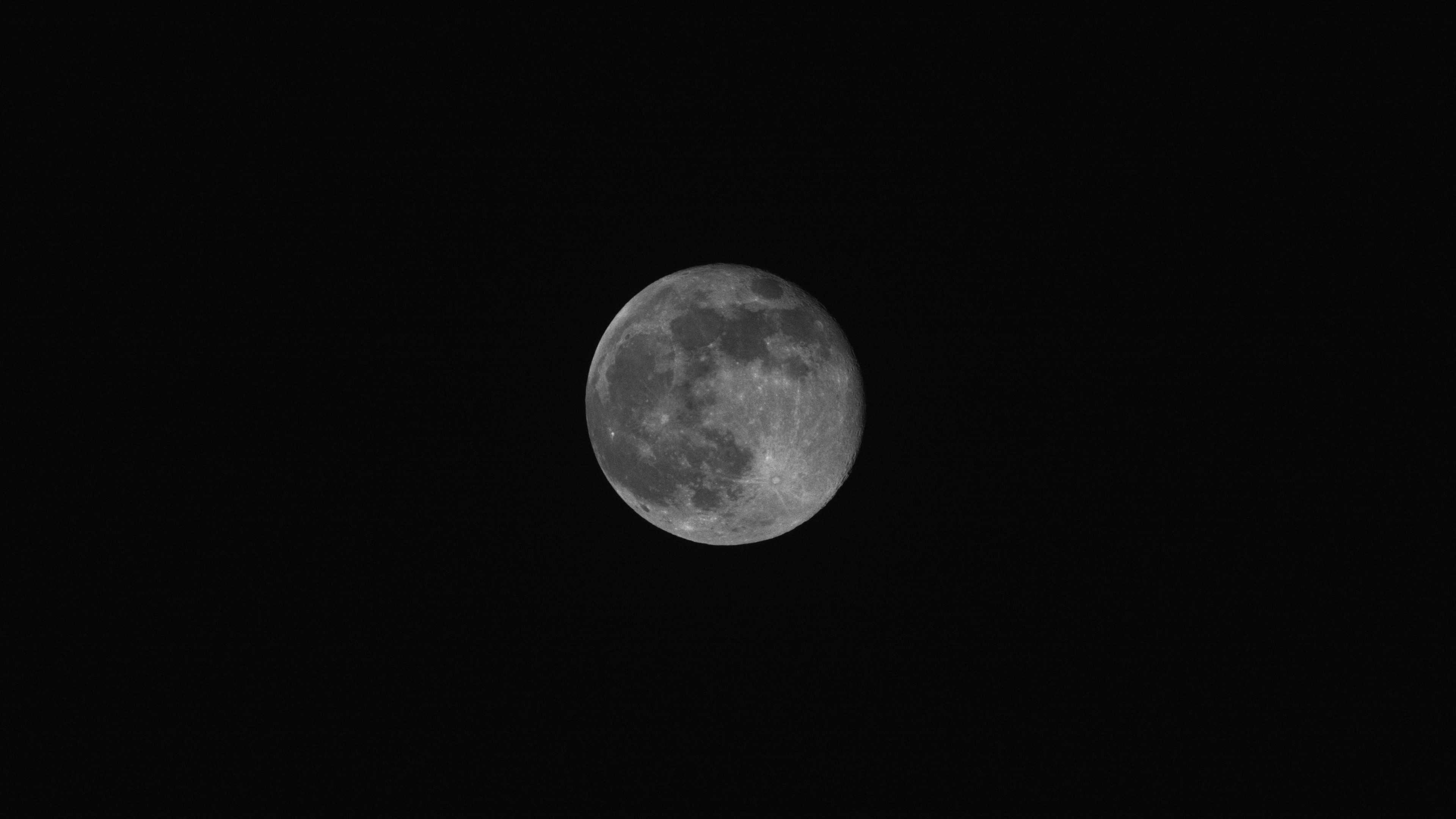

Lunar observations were fair with adequate detail captured of the waxing gibbous moon (99.95% full). There were no specific drawbacks to imaging the moon with the Vespera II but equally it didn't blow us away. The moon was too small in the frame and the image resolution was too low to give any breathtaking results.
This was compounded further when we attempted to image and observe planets or other small deep sky objects. The focal ratio and resolution of the Vespera II was just too small to get any meaningful observations during our testing.
However, other Messier objects like M82, M78, M51 and one of the all-time favorites M31, the Andromeda Galaxy yielded great results. Even IC434, the Horsehead nebula — while small in the frame — was instantly recognizable and the telescope captured good nebulous color and tone despite the well-known glare from nearby star Alnitak.
Vaonis Vespera II: Functionality
- Smartphone app is good but has its quirks
- Autonomy is fantastic, if you're patient enough
- Poor app feedback for when things go wrong
We largely have no issue with the Vespera II as a smart telescope. We understand its limitations in size and resolving power and think that's fairly reflected in the price. So in terms of functionality, we'll swing our focus to the synchronicity and operation of the Singularity smartphone app.
As the sole means of operating the telescope, the Singularity app has to do it all. Connecting to the telescope is simple, just hooking up to the telescope's self-broadcast Wi-Fi signal gives you the ability to control the telescope. It's a little frustrating that it uses Wi-Fi because we are then not able to use our phone to look up anything else, instead requiring the use of a separate device for surfing the internet.
This is especially frustrating when having viewing parties where we may also be streaming music simultaneously, which promptly stops after the pre-buffered audio file is all used up. But then again, we can see why connecting over Bluetooth is no good — limits in bandwidth and connection speed are just two obstacles.
On the app, we simply press on a visible target and the telescope will slew to it quietly and smoothly, and then autofocus on it. The app gives us fun facts and information about the target as it's doing this (it can take a few minutes), which is great to learn from or share with others at the party. Then, with the phone set to one side we saw a bright animation, akin to an exploding star, which grabbed our attention. This visual cue is brilliantly masterful, as it then goes on to display the target in all its glory.
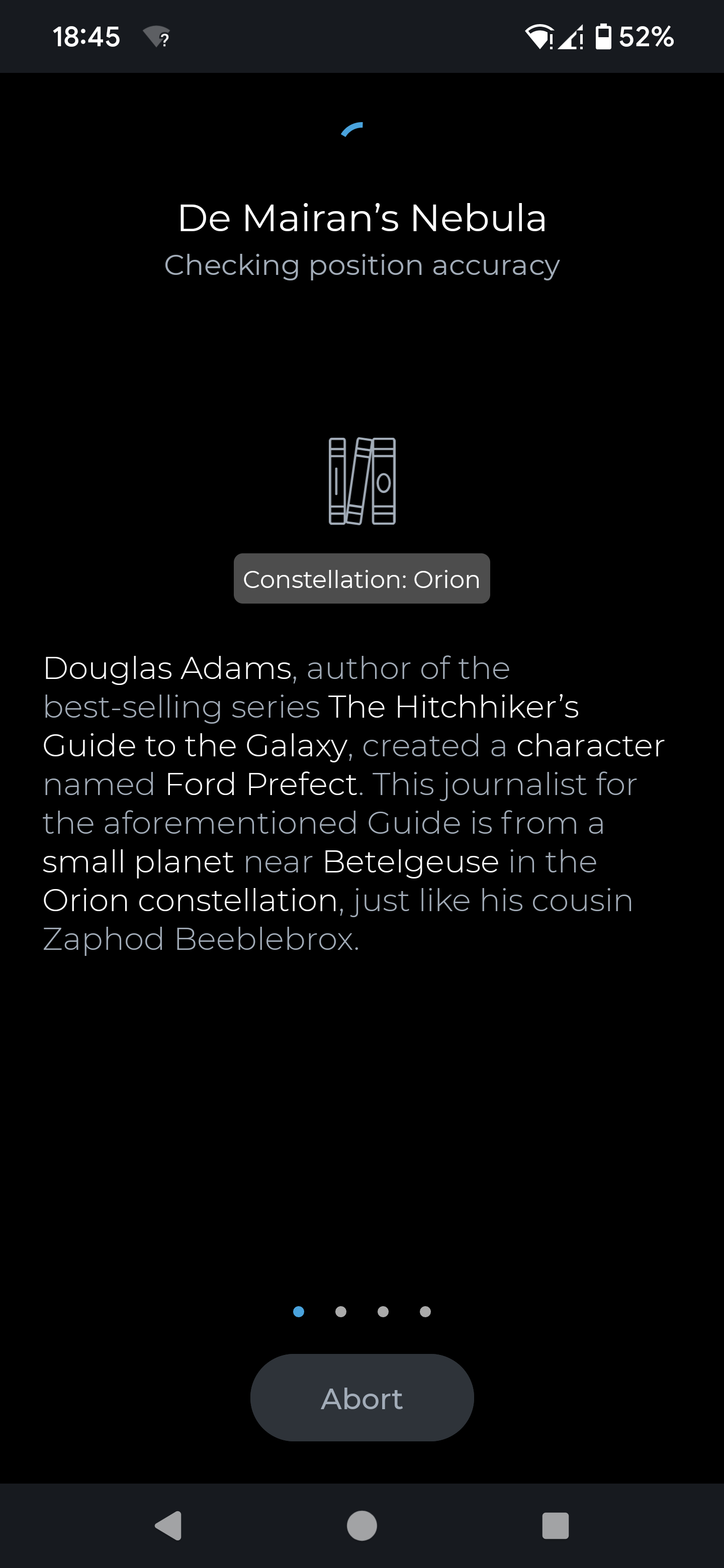
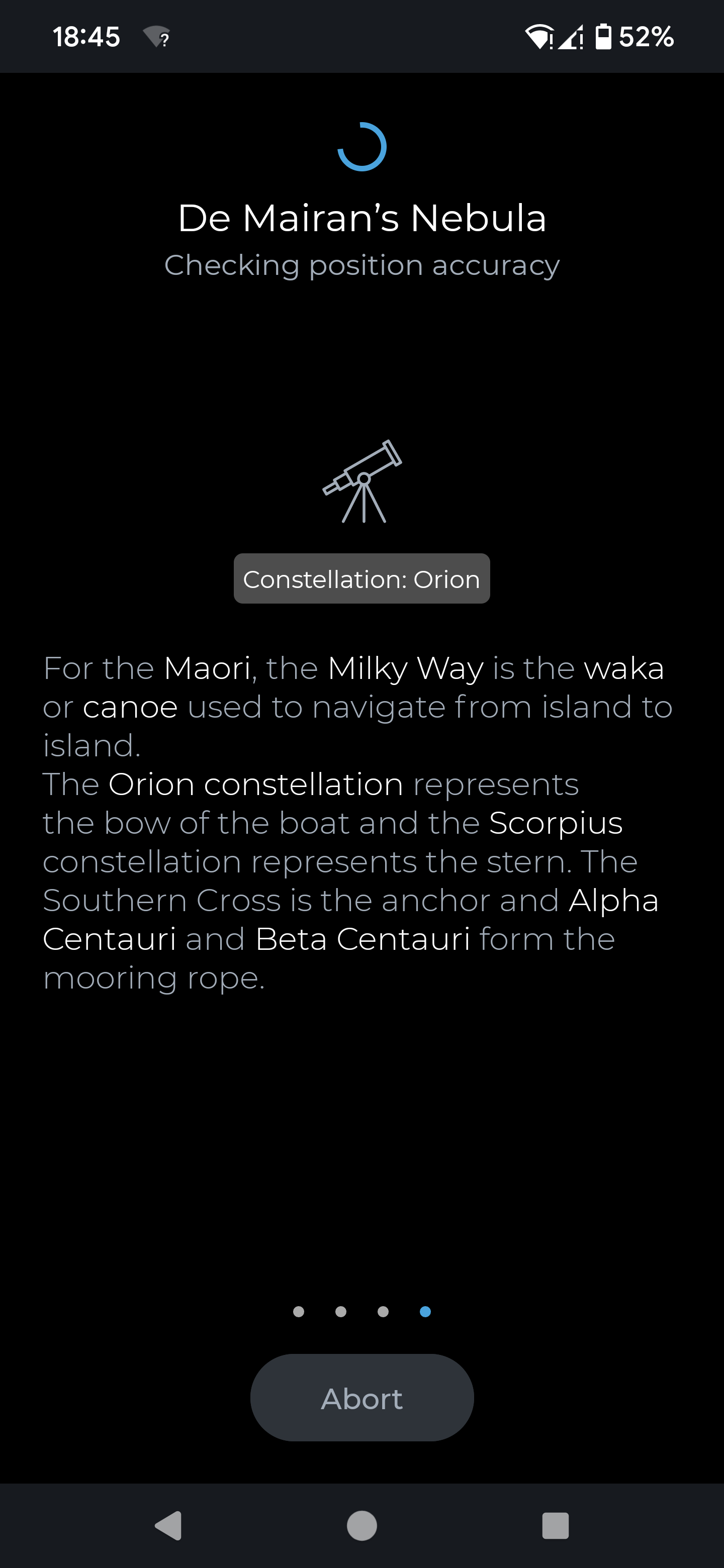
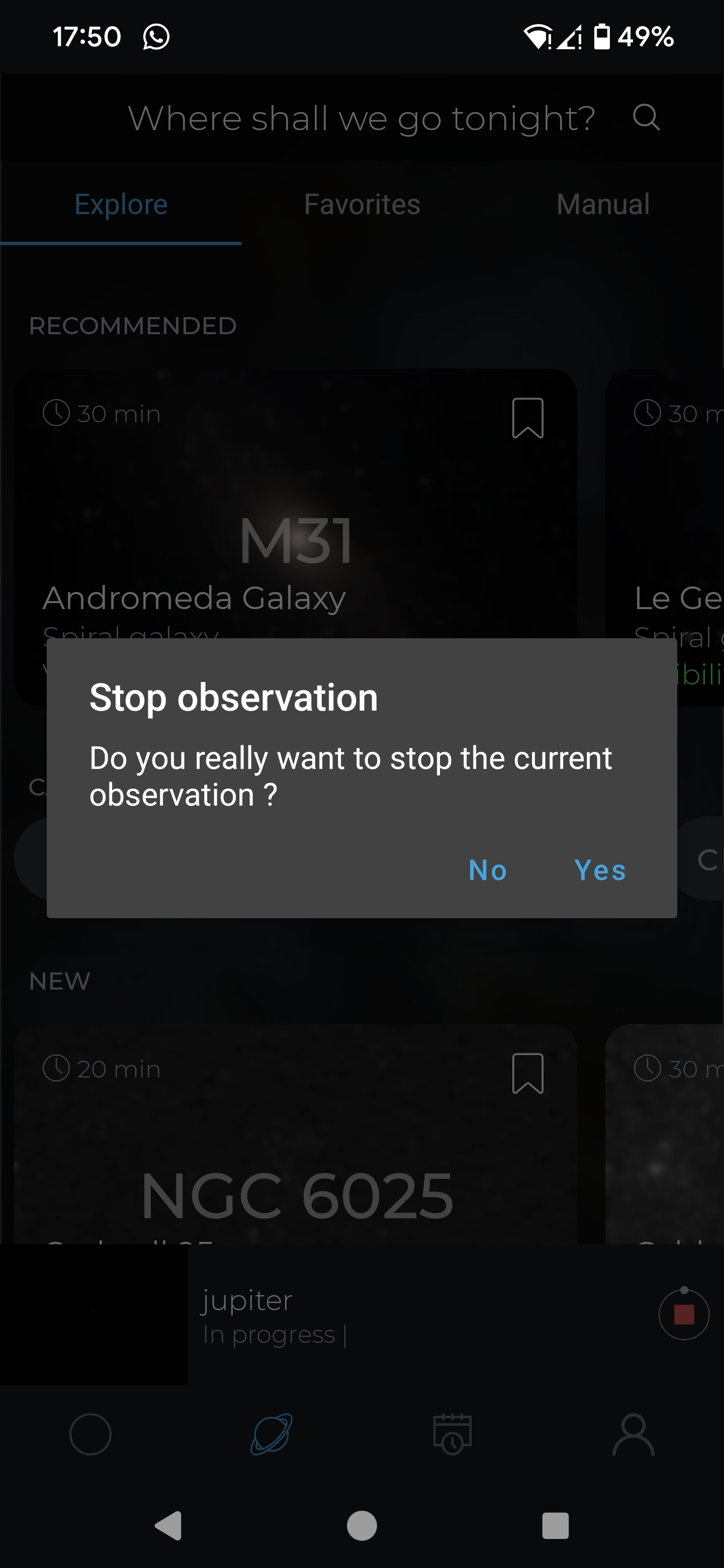
A slight frustration we think could be improved is the requirement to stop observing one target in order to move to another. It would be far better from a user interface perspective to have the app automatically stop the observation of the previous target and move to the next one that has been selected. However, we understand that this additional step might make the difference between accidentally moving to another object and saving a minutes- or hours-long exposure.
A failed observation (like not being able to view something due to obstruction from land, building or cloud) could provide more detailed feedback and perhaps come a little faster. When switching between some targets one night we had four or five failed observations in a row which took up around 30-45 minutes. However, when skies and land are clear (or when the Vespera II is placed on a table or higher third-party tripod) it only took a matter of a minute or two to get a good view.
Should I buy the Vaonis Vespera II smart telescope?
A resounding yes from us — we would recommend the Vespera II to anyone who has the budget to afford one but wants the best value for money. Outcompeting other smart telescopes that cost thousands more, we were surprised to see such excellent results even in some of the less favorable environments, right next to street lights.
If this product isn’t for you
If traditional astronomy is more your thing, or if you want to be certain of clear lunar and planetary views, then we'd wholeheartedly recommend the Celestron NexStar 8SE. This catadioptric Schmidt-Cassegrain is possibly one of the best telescopes you can buy. It costs around the same as the Vespera II and although it takes a little more time to get set up, it also features automatic slewing to targets when a successful star alignment procedure is set.
Smart telescopes got your attention but want to take a step up? The Unistellar eVscope 2 is Unistellar's flagship smart telescope and has all the same conveniences as the Vespera II but with enhanced abilities for viewing deep sky objects. It does require manual focusing, but this is easy to achieve with the in-built Bahtinov mask that doubles as the lens cap.

Jase Parnell-Brookes is the Managing Editor for e-commerce for Live Science and Space. Previously the Channel Editor for Cameras and Skywatching at Space, Jase has been an editor and contributing expert across a wide range of publications since 2010. Based in the UK, they are also an award-winning photographer and educator winning the Gold Prize award in the Nikon Photo Contest 2018/19 and named Digital Photographer of the Year in 2014. After completing their Master's degree in 2011 and qualifying as a teacher in 2012, Jase has spent the last two decades studying and working in photography and publishing in multiple areas, and specializes in low light optics and camera systems.
Science news this week: Possible signs of life on another planet and a 'useless' female organ
Universe may revolve once every 500 billion years — and that could solve a problem that threatened to break cosmology
Scientists hijacked the human eye to get it to see a brand-new color. It's called 'olo.'

